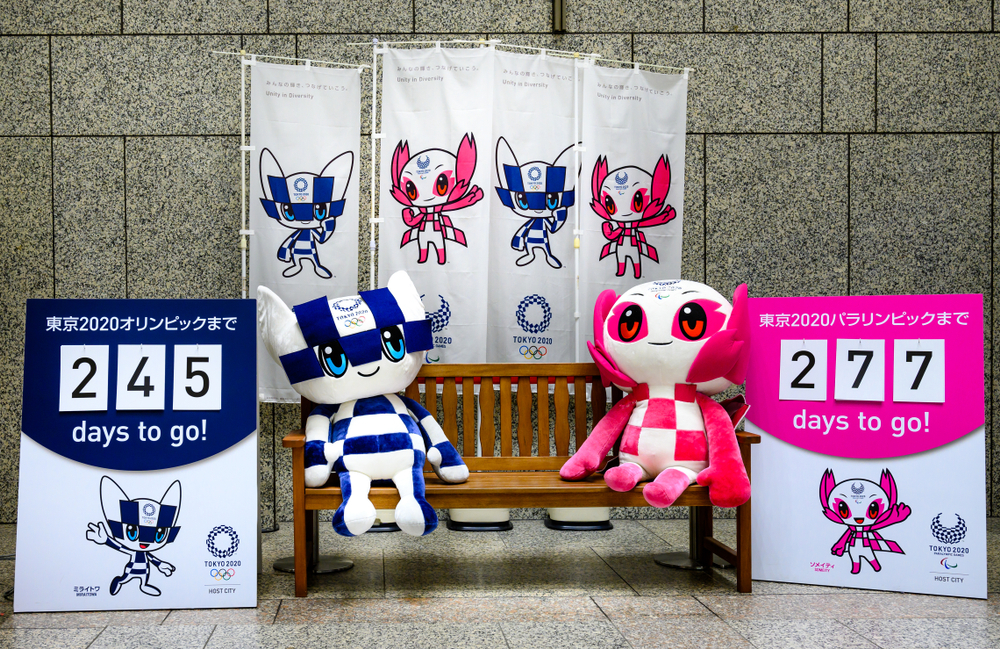Japan has put a massive effort into making signs multilingual, training travel and hotel staff to greet all types of visitors, but there are still plenty of hurdles to overcome before millions of visitors arrive for the Olympics and for important future events. Here’s how chatbots will help take some of the load.
Japanese is a fantastic language for westerners that have taken the time to study it, but for most of the world, it is an impenetrable array of symbols leading to comedy and confusion. The arrival of image-based AI translating apps, and Japanese efforts to encourage multiculturalism among its institutions has helped in some ways, but there are still plenty of innovations to come.
Bebot is one of Japan’s leading chatbots, already installed in hotels, travel hubs like Tokyo Metro’s popular Ginza Line offering support for commuters and tourists alike: most recently in major department stores to help foreigners get the most from their chatbot experience.
As part of the chat conversations at Osaka’s Daimaru department store, foreigners can find products, restaurants and benefit from tax-free shopping. Interacting with the AI chatbot is done via the store’s wifi network without the need to download an app. Bebot can collect customer feedback and survey the store’s clientele about their shopping experience. That information is aggregated and creates for stores to improve the buying experience and offer new services.
“Shoppers now have access to customized offers and promotions that suit their needs,” says Bespoke CEO Akemi Tsunagawa. “Our AI chatbot also allows customers to easily navigate the department store for a personalized and uninterrupted shopping experience without the need to stop at an information desk.” Expect more stores to follow suit.
Robots at the Olympics
Sonic and Mario at the Olympics maybe some folk’s idea of the ultimate sporting cross over (will they be used in the opening ceremony?) But actual robots and virtual characters are taking a bigger part in the games. Bots will be used to welcome visitors, move sports equipment around the stadia and more.
The official mascots, Miraitowa and Someity (for the Paralympics) are available in robot form, developed by Toyota as guides to welcome athletes and guests.
Beyond the Olympics, many areas of Japan are looking to boost foreign interest, led by Osaka hosting the 2025 World Expo. With the theme “Designing Future Society for Our Lives,” it hopes to build a fully multinational mix of hotels, casinos and infrastructure with all the latest technologies on an artificial island in Osaka Bay to show off Japan’s future to the world.
Skydrive autonomous flying and driving taxis are on the agenda, as are AI driven health technologies at an anti-aging pavilion including a 10 centimeter-tall robot named ZUKK designed to help dementia sufferers manage their day-to-day routine. All of which will be backed-up by multilingual services and AI assistants to help people get around.
For those worried about Japan’s propensity for natural disasters, visitors should note that the Japanese government has boosted the available languages for its official app that warns of earthquakes, tsunami and other disasters from to 11 with Spanish, Portuguese added to the already supported English, along with more Asian dialects.
For Japanese citizens, Azuma Hikari is a good example of the future, equipped with a holographic projector to provide characters to go with the AI voice. Internet of Things integration helps it interact with home appliances to get the bath running or oven going and it provides a constant companion for Japan’s stressed and time-poor.
As other nations host similar events into the future, the ability of bots to better encourage interaction between visitors and locals, and to help them do more than just the basics will help drive tourism. That, in turn, brings in revenue and further visitors, perhaps helping make global understanding and tolerance closer to reality.
